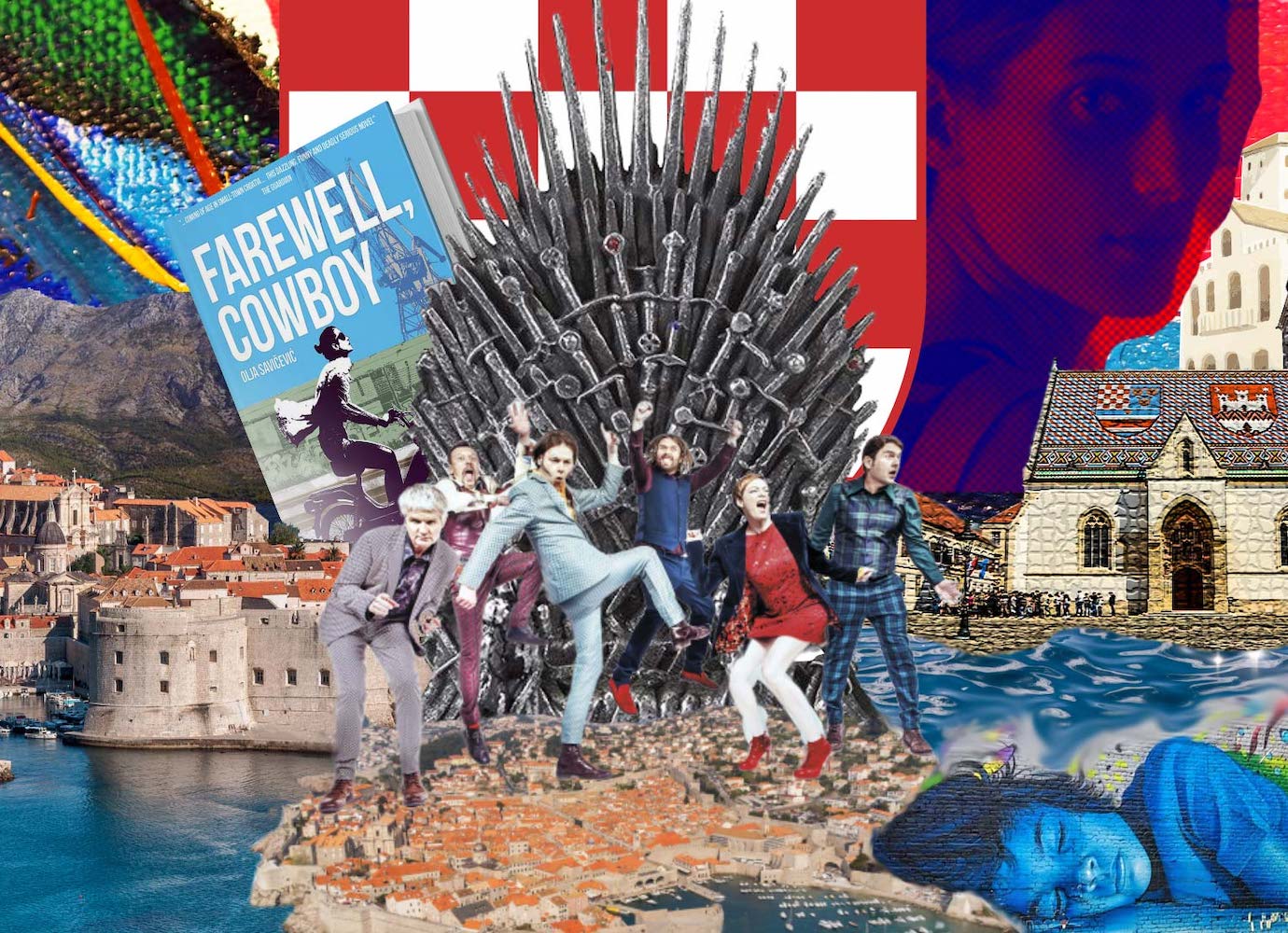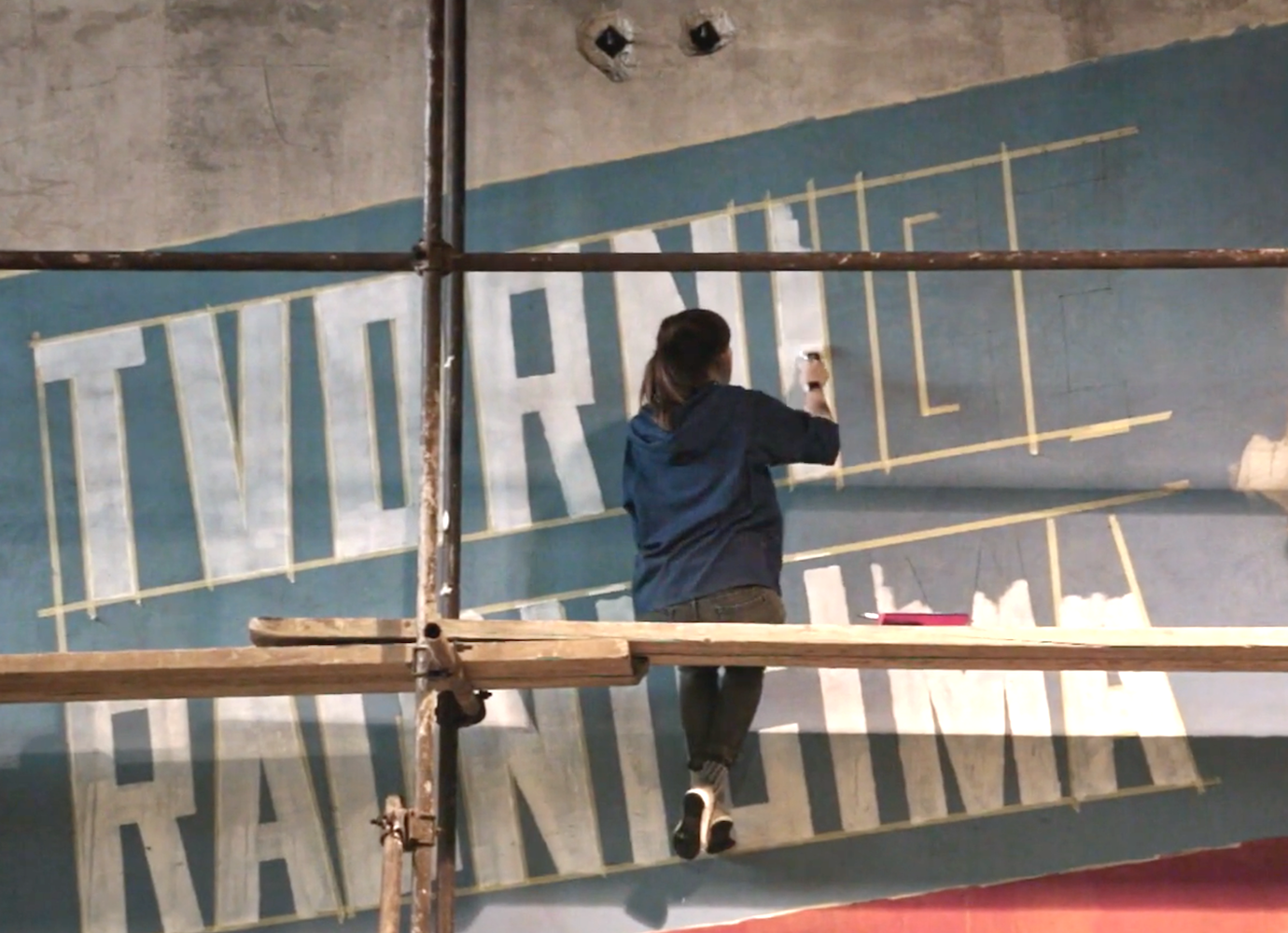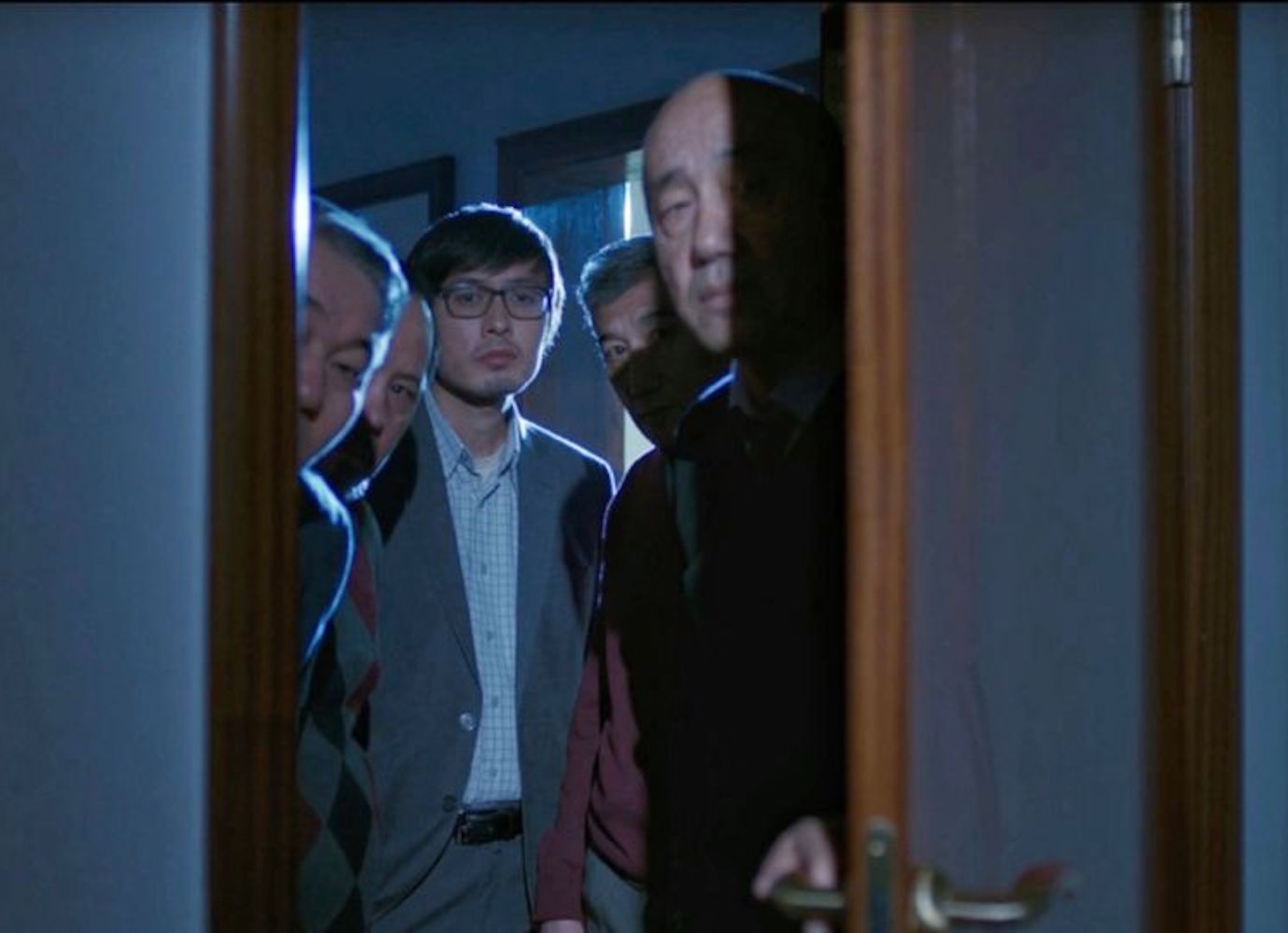Murina is a claustrophobic family drama unraveling among the sunny seascapes of the Adriatic
In her award-winning first feature, Antoneta Alamat Kusijanović’s dives deep into the complicated relationships within one Croatian family.
“Growing up in Dubrovnik, I had a close relationship with the sea,” Croatian director Antoneta Alamat Kusijanović tells me. “As a child I even had a small cave by the sea near our house, which I set up as if it was my living room, with a place to sit, and a place for my dolls. So for me the Adriatic was always a place for my imagination.” The sea is indeed a character in its own right in Kusijanović‘s film Murina (“Moray Eel”), which picked up the Camera d’Or for best debut feature at the 2021 Cannes Film Festival. Such success bodes well for a country whose cinema, at the moment, is still struggling for its place on international screens.
Featuring stunning underwater camera work and some quietly intense performances, Murina is a subtly unsettling film that challenges our stereotypes about a country that has become an international tourist brand. Despite being an Adriatic-set drama featuring turquoise waters and dry-stone houses, it comes across as something totally different from the all-too-familiar Mediterranean of straw hats and seafood platters. Offering a locally-rooted story of claustrophobic family relationships, it demonstrates that the brochure-friendly sea and sunshine of Croatia can be just as unsettling as any urban noir.
At the heart of the story is 16-year-old Julija (Gracija Filipović), who lives right on the beach with her mother Nela (Danica Ćurčić) and father Ante (Leon Lučev), a domineering figure with whom she shares a passion for fishing. Their routine is interrupted by a guest — the father’s rich American friend Javier (Cliff Curtis), potential investor in a tourism project cooked up by Ante. The slow-burning rivalry between Julija and her mother for the American’s attention brings a brooding realisation that the relationships linking the four main characters may well be about to implode.
Still from Murina (2021)
Equally important is the Adriatic Sea itself, whose presence in the film is far from just an excuse for fancy photography. Julija and her father go swimming, scuba diving, harpoon fishing, sharing an underwater relationship both with the Adriatic and with each other. (It is on land that things are rather less clearcut.)
“I use the sea as a way of entering the subconscious of my main protagonist,” Kusijanović explains. “It is a space in which physical and emotional rules are different. For me, the sea has always been a place of both fear and freedom. Although I am personally very scared of deep water, unlike Julija in the film.”
Another character in the film who didn’t make the credits is, of course, the fish after which the movie is named — a slippery, deep-dwelling, and aggressive creature whose fleeting but important appearances bookend the movie. “Murina is a fish that bites itself when trapped [in order to escape]. I see my protagonist in the same way – she is ready to hurt herself to free herself from her family and establish her own life and her freedom,” says the director.
Still from Murina (2021)
The outdoor scenes of Murina were filmed in some of the most beautiful parts of the Croatian Adriatic, with the idyllic island of Koločep, the starkly beautiful Kornati archipelago and the pebble cove of Dubovica near Hvar providing the main backdrops. In Kusijanović’s skillful hands, these appealing holiday locations are transformed into an arid, inhospitable, emotionally challenging space. “These Spartan robust places are beautiful to look at but difficult to live in,” the director says. “My cinematographer Hélene Louvart and I were very conscious of the need to create a visual language for Murina that would not look like a postcard. We need to feel tension. We need to feel claustrophobia, even though we are in a vast open space. It is a utopian, isolated landscape, but as we know every utopia can slowly unravel into horror.”
It is a piece of this utopia that Ante, Julija’s father, is hoping his rich American friend will invest in. Their potential project would draw in crowds of tourists — but the terrain they intend to build on was the scene of a forest fire in which local firemen perished, bringing into question the morality of using such hallowed ground as the site of tourist development. Domestic viewers will recognise this instantly as a reference to the real-life Kornati bush fire of 2007, where 12 firefighters lost their lives. “Those firemen were almost the same age as me at the time,” says Alamat Kusijanović, “and the tragedy struck my generation deeply.” Yet, as it so often happens, society’s need for commemoration has faded over the years. “Such things tend to be pushed under the carpet; and use of the tragedy in the film was my way of making reference to the fact that we are even ready to sell the sacred.”
With the Adriatic coast (as well as many other parts of the globe) increasingly prone to forest fires, the film’s reference to the tragedy provides Murina with a dark undercurrent of environmental threat and human misuse. Indeed, it’s rare for a contemporary Croatian film to combine an intimate family story with a more universal sense of disquiet so successfully.
Still from Murina (2021)
The relationship between Javier and Ante points towards the ambiguous interdependence of the visitor and the visited in all countries where the tourist industry is king. Yet, Alamat Kusijanović is eager to point out that the film is not about tourism per se. “It is more about how we as a country are capitalising on the heritage we have been given to protect. Everyone is looking for a way to sell that heritage, and our inheritance is being eroded as a result. So it’s not so much tourism that is the leitmotif of the film, as our mentality of making easy money, as if there is a form of wealth that comes without hard work. When in fact there is no wealth that comes that way, no matter how easy it might look on the surface.”
There is no easy money in film-making either. Murina was made with funding from various international sources and an additional subsidy from the Croatian government; a deftly constructed financial mosaic that is frequently the only way to get a decent film made in countries that lack a strong international media presence. Alamat Kusijanović compares the standard procedure for applying for government subsidies in Croatia to “fighting for breadcrumbs”, suggesting that too many small films are made on limited state-subsidised budgets. “In general, I think the perception of government money is wrong in Croatia: it should be treated as something that is additional to the production, rather than the only money. We were lucky with Murina because we started out with a certain amount of private money from the US and Brazil. We spent that money in Croatia but also had the freedom to choose how to use it. We were not bound by the rules that often come with government money.
“There is incredible talent in my generation, and if we were better organised or had more support we would have produced a new wave of Croatian film already. But there is no new wave just because of the success of one person; people need to come through together.”
Still from Murina (2021)


